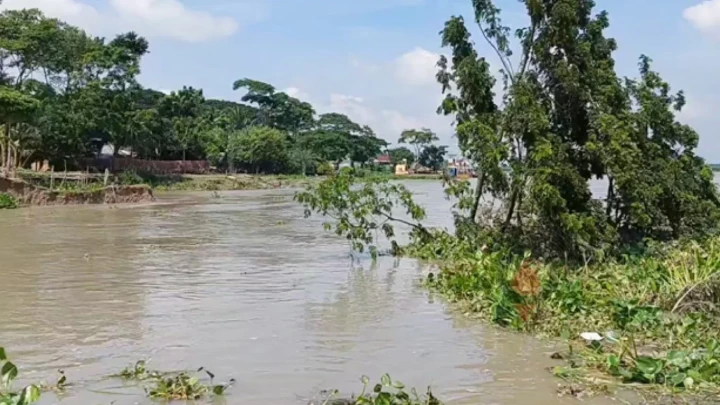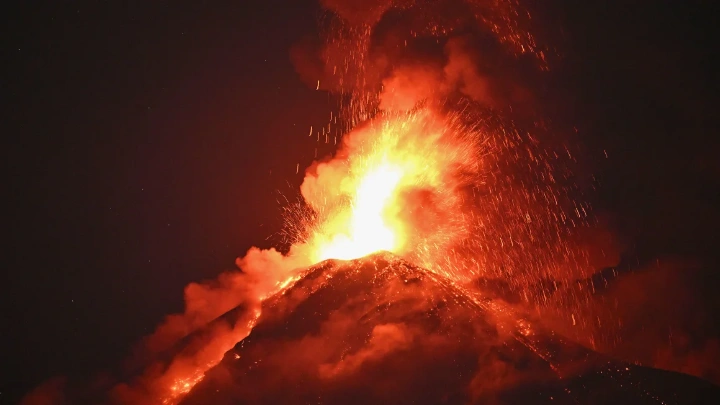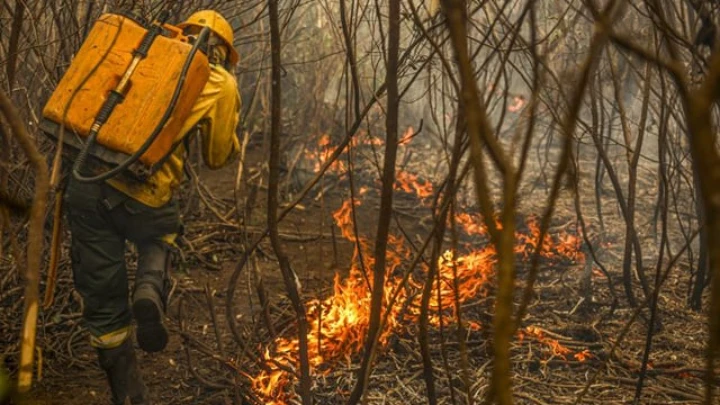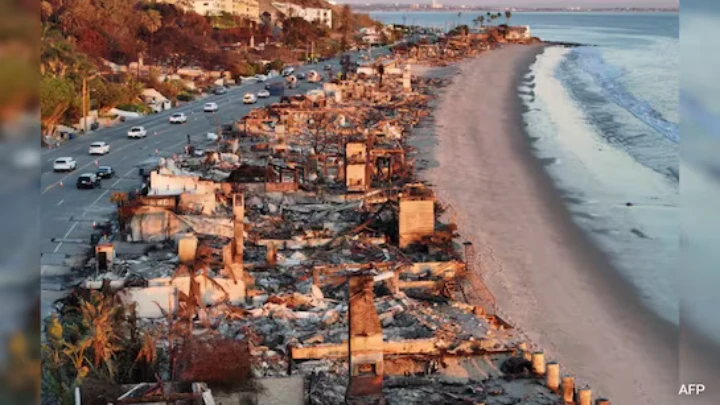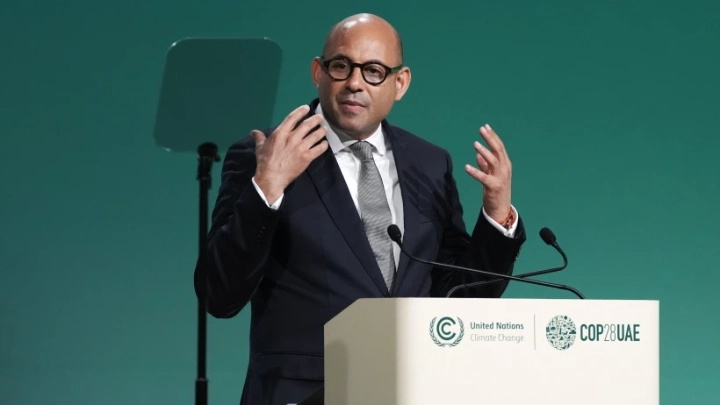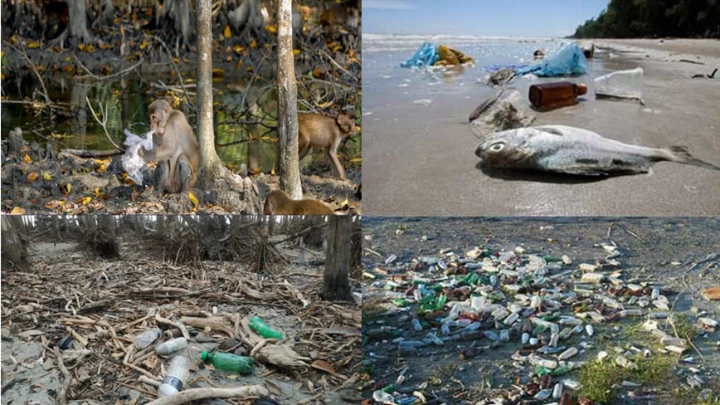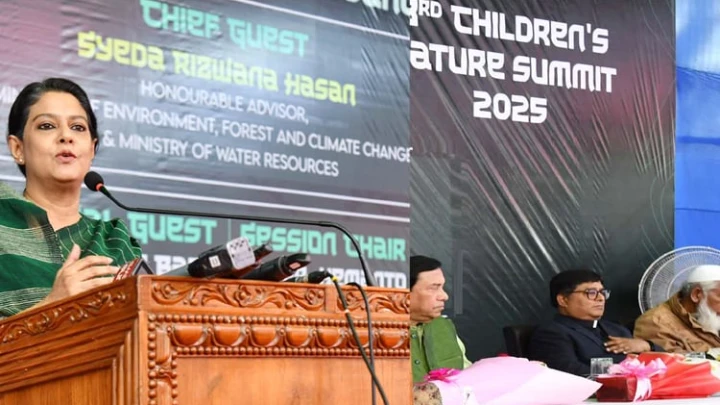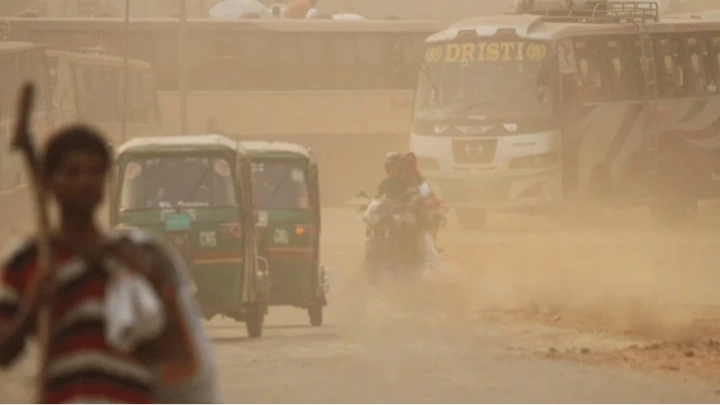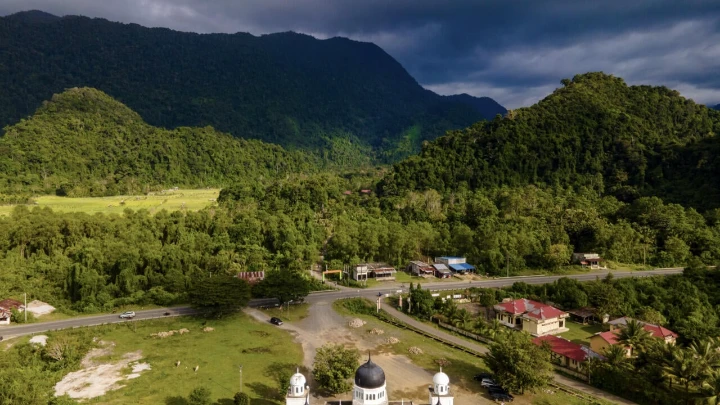CLIMATE REFUGEES
Rootless and forgotten: The human cost of river erosion
DhakaTribune || Shining BD
Majnu Mia, 37, drives a rickshaw in the Lalmatia area of Dhaka. He moved to the capital from Jamalpur last year. He has a four-year-old child named Mishu, who will never know where his ancestral home was.
Majnu still says the family’s home was on the banks of the Dashani River, but he knows he will never return because the settlement has disappeared due to erosion. “If my son ever goes back, he will point to the river and say that was once our home,” Majnu said while wiping his tears.
When Mishu was asked Where his home was, he replied: "Basila."
The number of climate refugees is increasing across Dhaka. River erosion and severe droughts have driven people away from their homes.
Those affected by river erosion suffer the most because their original homes are gone, leaving the next generation with only a name, but no address.
Last year, severe erosion affected nine villages in Bakshiganj upazila of Jamalpur. Cultivated land, roads, and hundreds of settlements vanished under the river.
Ramisur, a hawker at Farmgate, lives with his nine-year-old son Milon Sheikh in a cramped room in Tejturibazar.
His wife works at a roadside tea shop. They once had land and a house, but now all they have is a bed and a few dishes in their tiny room. There are a few others from their village in the surrounding houses, working as rickshaw drivers or construction workers. Their children know their village only by name, not by place.
When asked where his house is, Ramisur said: "In the belly of the river." Then he stopped and said his family once had a house in Mijanpur union of Rajbari Sadar upazila.
"I will forget the name after a few days. The children do not know that place. Their home is now this tin-and-polythene shack. The connection to our village has been severed—it will not be reconnected."
How many people are leaving home?
Not just from Rajbari or Jamalpur; thousands of settlements are disappearing in all river areas across the country. The next generation has a new identity as "Chinnamool," which translates to rootless, as people are forced to move to Dhaka.
In Dhaka, the children are growing up as climate refugees. If they ever return to their villages, they will be identified as refugees.
According to the Internal Displacement Monitoring Centre (IDMC), about 700,000 people in Bangladesh are displaced every year through natural disasters.
Recent cyclones like Sidr and Aila have increased this number. IDMC also reported that Bangladesh is one of the five countries with the highest displacement caused by climate change since 2019.
According to a 2018 World Bank report, an estimated 1.33 million people in Bangladesh may be internally displaced by 2050 due to climate change.
As natural disasters drive people from the coastal areas to the cities, especially slum areas in Dhaka and other large cities, people like Majnu Mia and Ramisur are representative of this shift. They worry about changing their children's identities in their struggle for survival.
Every year the number of climate refugees in Dhaka increases.
Sharif Jamil, member secretary of Dhoritri Rokhhay Amra (Dhora), said: "We need a coordinated study to determine how many people are coming to Dhaka as climate refugees. We’ve heard that about one million people are displaced each year, with 400,000 coming to Dhaka. I believe the actual number is much higher, impacting Dhaka's civic amenities negatively. If this mismanagement continues, there will be no footpaths or rivers in Dhaka."
Addressing this issue requires acknowledging it openly and implementing solutions involving public participation, proper information, and research. Climate adaptation, mitigation, and historical compensation must be emphasized, he added.
An ever-remaining cycle
Case studies say victims of river erosion do not always leave immediately.
Conversations with people in Basila, Paikpara, and Tejturibazar reveal that they tried to survive in their villages for years, moving houses multiple times.
When everything was lost, they moved to Dhaka. Initially, they bought agricultural land and built houses even after losing them to the river. But as the river dried up most of the year, their river-dependent livelihoods vanished.
Sharif Jamil, an environmentalist, said: "The course of the river is changing due to man-made and natural causes, filling itself with silt. Arable land is turning barren due to sand. One issue affects the other. Fixing one alone won’t work; it must be addressed from the root."
Mominul Haque Sarkar, advisor of the Center for Environment and Geographic Information Service (CEGIS), said Bangladesh’s rivers bring huge amounts of sediment from the Himalayas, creating new grasslands on one side and erosion on the other.
He said erosion prevention projects are ongoing, and implementation can make a difference as erosion is more severe in May-June during the monsoon season and in November-December due to soil characteristics.
Psychiatrist Mekhla Sarkar highlights the mental impact on refugee children: "Adapting to new struggles after leaving their birthplace is very difficult. Their parents' lack of financial resources can't meet their needs, creating negative feelings. Early exposure to discrimination can lead to fear of crime and attempts to escape it at any cost."
Shining BD

